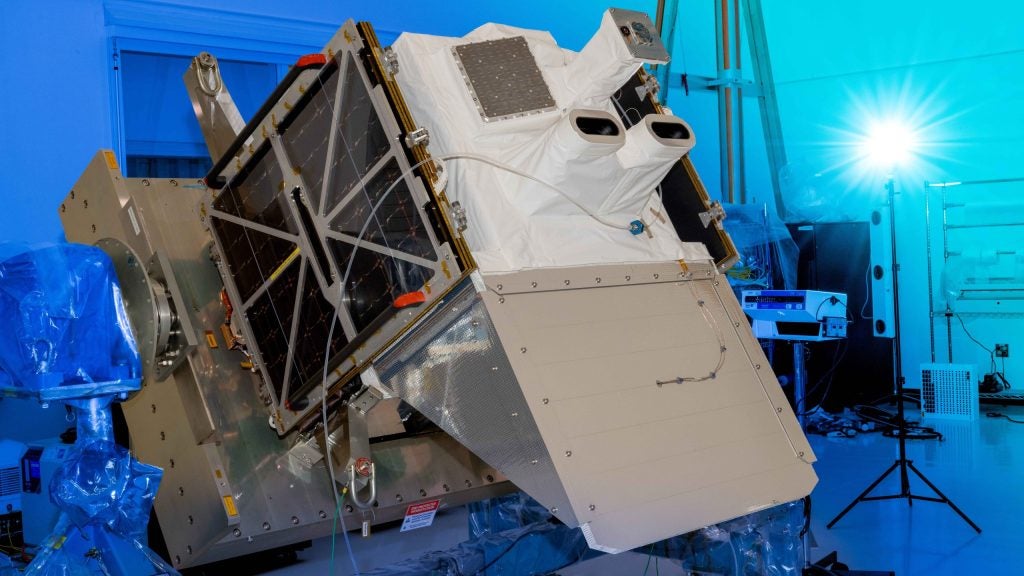JinkoSolar has been granted a patent for a solar cell module and its manufacturing method. The module includes a substrate with conductive layers and solar sub-cells separated by grooves. Each solar sub-cell consists of a hole transport layer, perovskite layer, and electron transport layer. The module also features branch electrodes and an electrode passing through the layers. The patent specifies certain height conditions for the branch electrode, hole transport layer, and conductive layer. GlobalData’s report on JinkoSolar gives a 360-degree view of the company including its patenting strategy. Buy the report here.
According to GlobalData’s company profile on JinkoSolar, artificial photosynthesis was a key innovation area identified from patents. JinkoSolar's grant share as of June 2023 was 1%. Grant share is based on the ratio of number of grants to total number of patents.
Solar cell module with separated sub-cells and branch electrodes
A recently granted patent (Publication Number: US11676774B2) describes a new solar cell module design that aims to improve the efficiency and performance of solar cells. The module consists of a substrate with multiple conductive layers arranged on its surface, separated by intervals. On top of the conductive layer, there are multiple solar sub-cells, each comprising a hole transport layer, a perovskite layer, and an electron transport layer. The solar sub-cells are separated from each other by grooves.
One key feature of this design is the inclusion of branch electrodes within the hole transport layer of each solar sub-cell. These branch electrodes are separated from each other and directly contact the interior of the conductive layer. An electrode passes through the electron transport layer and the perovskite layer, connecting to the branch electrodes. The height of the branch electrode (H), the height of the hole transport layer (h1), and the height of the conductive layer (h2) must satisfy certain conditions. The shape of the branch electrode can be a cone, cylinder, rectangle, or ellipse, and its one-dimensional size is 0.
The patent also describes a method for manufacturing the solar cell module. It involves forming the conductive layers on the substrate, creating the solar sub-cells and grooves, and forming the branch electrodes within the hole transport layer. Laser treatment is used to create holes in the hole transport layer and expose a part of the conductive layer, where the branch electrodes are formed. The laser used can be green light, ultraviolet light, reddish light, or red light, with a frequency ranging from 60 kHz to 100 kHz.
Additionally, the patent mentions a photovoltaic module that includes the solar cell module described above. The photovoltaic module consists of a cover plate, a capsulation material layer, and at least one solar cell string. Each solar cell string comprises at least one solar cell module. The height of the branch electrode in the photovoltaic module ranges from 2 nm to 500 nm, and the width of a single solar sub-cell ranges from 5 mm to 8 mm.
Overall, this patented solar cell module design and manufacturing method offer potential improvements in solar cell efficiency and performance. The inclusion of branch electrodes and the specific height and width parameters aim to optimize the electrical characteristics of the solar cells.
To know more about GlobalData’s detailed insights on JinkoSolar, buy the report here.
Premium Insights
From

The gold standard of business intelligence.
Blending expert knowledge with cutting-edge technology, GlobalData’s unrivalled proprietary data will enable you to decode what’s happening in your market. You can make better informed decisions and gain a future-proof advantage over your competitors.





